Are Termites Blind?
Termites aren’t actually blind as commonly believed. They possess basic eyes that can detect light and darkness, even though their eyesight is quite limited. Through millions of years of evolution, termites have developed survival skills in various habitats, using their unique features to find food and move around their colonies. Understanding the vision of termites can impact how we prevent and manage infestations. By studying these insects’ capabilities, we gain a better understanding of their significance in the environment. Let’s explore “Are termites blind“?
Understanding Termite Vision
Limited Eyesight
Termites have very limited eyesight. They can only detect light and dark. This means they do not see details or colors like humans do. Their eyes are not well-developed compared to other insects. Most of their life occurs underground or in wood, where visibility is poor.
I find it fascinating how these creatures rely on other senses for navigation. They depend more on touch and smell. These senses help them locate food and communicate with each other.
Evolutionary Adaptations
The weak eyesight of termites is an evolutionary adaptation. Over millions of years, they evolved to live in dark environments. Their ancestors likely had better vision. However, as they adapted to a life spent mostly underground, good eyesight became less important.
This evolution makes sense when considering their habitat. Termites thrive in colonies within wood or soil. In these places, sight is not as crucial as other senses like pheromone detection.
Survival Strategies
The lack of vision significantly influences termite behavior. Termites use chemical signals to communicate and find food. They leave scent trails that guide others to resources. This method of navigation compensates for their poor eyesight.
Moreover, touch plays a vital role in their social structure. Termites groom each other and share information through physical contact. This helps maintain strong colony bonds.
I often think about how remarkable it is that such small creatures can thrive without good vision. Their survival strategies show how adaptable nature can be.
Social Structure
Termite colonies operate like a well-oiled machine. Each member has a specific role based on their abilities, not their eyesight. Workers gather food, soldiers protect the colony, and the queen reproduces.
Their reliance on pheromones fosters teamwork and organization. Without visual cues, they depend on these chemical signals to function effectively together.
Types of Termites
Subterranean Termites
Many termite species fall into the subterranean category. They live underground and build extensive tunnel systems. These tunnels allow them to access food sources like wood and plant material. I find it fascinating how these termites can maintain moisture in their nests, helping them survive in dry conditions.
Subterranean termites are known for their large colonies. Some colonies can contain millions of individuals. They rely on workers to gather food and bring it back to the queen. Their social structure is complex, with different roles for soldiers and reproductive members.
Drywood Termites
Drywood termites differ significantly from subterranean ones. They do not need contact with the soil. Instead, they infest dry wood, such as furniture or structural beams. This type of termite creates small galleries inside wood, which can lead to significant damage over time.
Certain termite species within this group can survive without moisture from the ground. They extract all necessary moisture from the wood they consume. I have seen how destructive drywood termites can be in homes, often going unnoticed until it’s too late.
Dampwood Termites
Dampwood termites prefer decaying wood that is high in moisture content. They thrive in environments where wood is constantly wet or rotting. This makes them common in forests and areas with high humidity.
These termites are generally larger than other types. Their size helps them adapt to their moist habitats. They play an important role in breaking down dead trees and recycling nutrients back into the ecosystem.
Arboreal Termites
Arboreal termites build nests high up in trees. They create intricate structures that can be quite large and complex. These nests provide protection from predators and harsh weather conditions.
Many arboreal termite species form a symbiotic relationship with their environment. They help decompose organic matter while also benefiting from the shelter provided by trees. I appreciate how these termites contribute to forest health through their nesting habits.
Mastotermitidae Termites
Mastotermitidae termites are less common but still significant. This family includes some of the most primitive termite species alive today. They exhibit unique behaviors and adaptations that set them apart from other groups.
These termites typically inhabit tropical regions and prefer moist environments. Their ability to thrive in specific habitats shows how diverse extant termites can be despite their blindness.
Worker Termite Vision
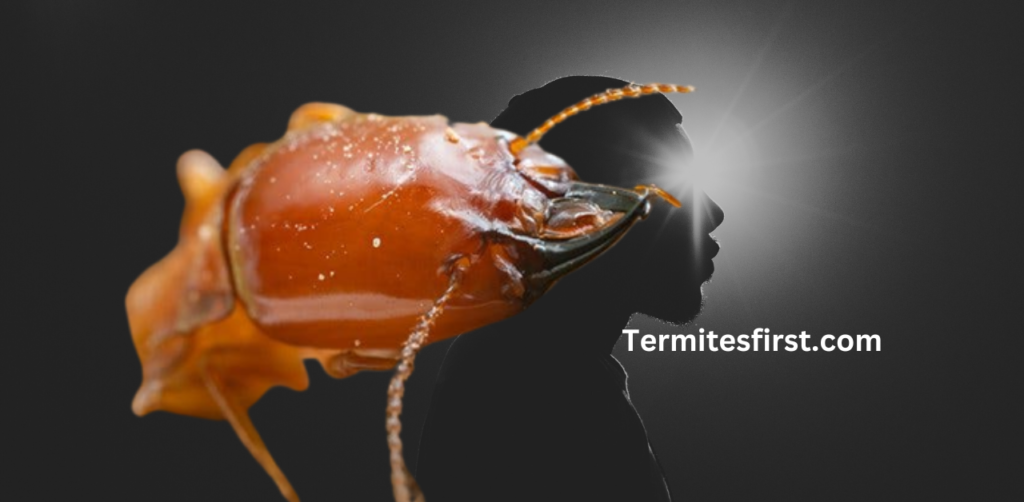
Eye Structure
Worker termites lack eyes entirely. They are blind insects that do not rely on vision for their daily activities. Instead, they have evolved to thrive in dark environments, such as underground nests. This absence of eyes does not hinder their role within the colony.
Foraging Behavior
Workers play a crucial role in foraging and maintaining the colony. They search for food, primarily wood, without visual cues. During my research, I found it fascinating how these insects adapt to their environment. They navigate through tunnels and soil using other senses.
Communication Methods
Worker termites communicate through pheromones and touch. Pheromones are chemical signals that convey important information about food sources or danger. Workers can detect these scent trails left by others. Touch is also vital; they use their antennae to sense nearby colony members.
Environmental Navigation
Navigating their environment without sight might seem challenging. However, isolated termite workers excel at this task. They depend heavily on their antennae to explore and recognize objects around them. These sensory appendages help them identify food and fellow workers.
Role of Young Termites
Young termites, known as nymphs, also contribute to the colony’s activities. They often assist worker termites in tasks like nest maintenance and food gathering. Nymphs share the same blind characteristics but learn from older workers through touch and pheromone signals.
Swarming Activity
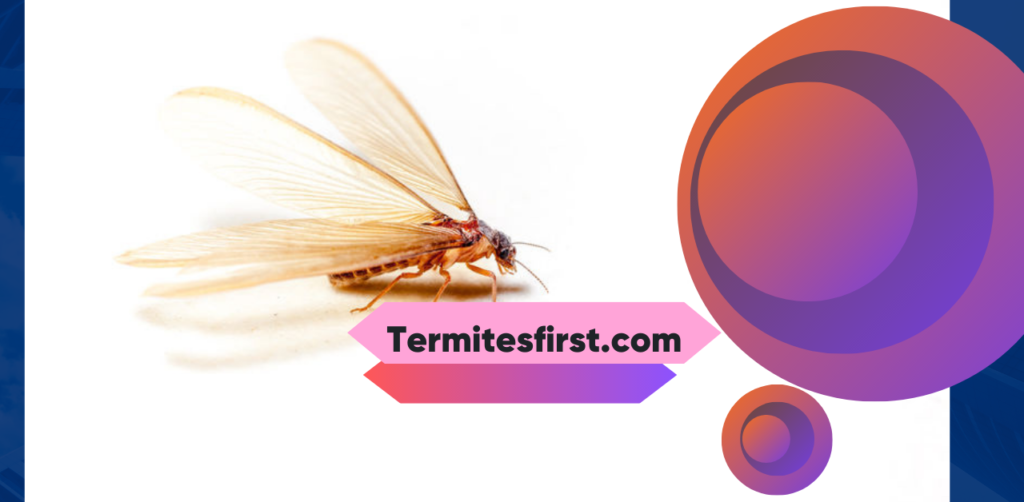
During swarming season, some termites develop wings and become swarmers. These swarmers have eyes and can see their surroundings. Their primary goal is reproduction and establishing new colonies. Once they mate, they shed their wings and join a new colony as reproductive members.
Drywood Infestation Impact
Drywood termite infestations can severely damage wooden structures. Unlike subterranean termites that live underground, drywood termites create colonies within the wood itself. Understanding their behavior helps in identifying signs of infestation early.
Soldier Termite Vision
Physical Attributes
Soldier termites have distinct physical traits. They lack functional eyes, making them effectively blind. This absence of vision does not hinder their role in the colony. Instead, soldier termites rely on other senses to navigate their environment. Their large mandibles serve as powerful tools for defense.
I find it fascinating how these insects adapt to their limitations. Even without sight, they thrive in their complex social structure.
Non-Visual Signals
Soldiers communicate and protect the colony using non-visual signals. They produce vibrations and pheromones to convey important messages. These signals alert other termites to potential threats. For example, a soldier may tap its body against the ground to warn others of danger nearby.
This method of communication is crucial for survival. It ensures that all members of the colony remain aware of risks, even in complete darkness.
Sensory Adaptations
Sensory adaptations play a vital role in detecting threats. Soldier termites possess highly developed antennae. These antennae help them sense chemical cues and changes in their environment. They can detect vibrations from predators or intruders approaching the nest.
The ability to sense danger without sight is remarkable. I appreciate how nature equips organisms with unique adaptations for survival. Soldier termites exemplify this through their specialized senses.
Reproductive Termite Vision
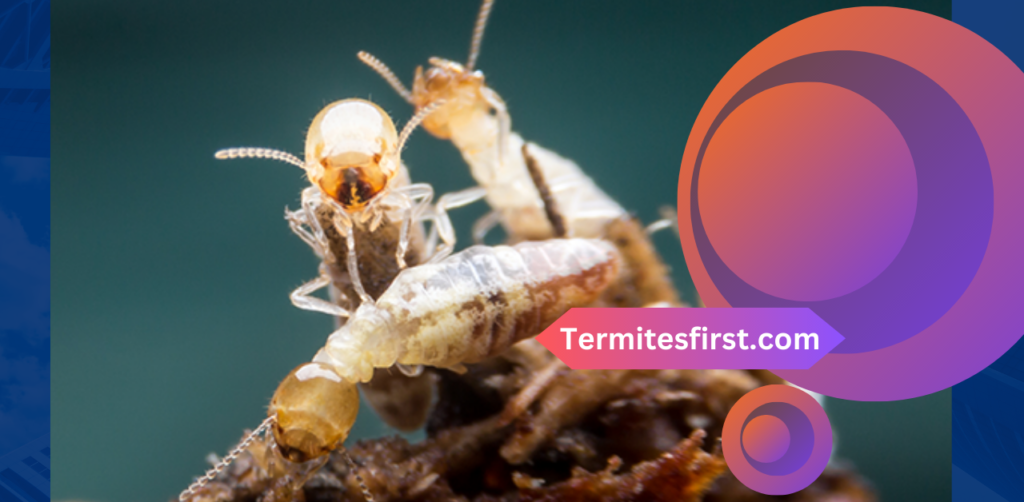
Eye Structure
Reproductive termites have minimal eye structures. Their eyes are simple and not well-developed. They possess ocelli, which are small, light-sensitive organs. These ocelli help detect changes in light but do not provide detailed images. I find it fascinating how such small features can play a role in their survival.
Mating Significance
Weak eyesight affects reproductive termites during mating and colony establishment. They rely heavily on chemical signals called pheromones. These chemicals guide them to potential mates and suitable nesting sites. Without strong vision, they depend on these scents to communicate and attract partners.
In my observations, I noticed how quickly they respond to pheromones. It shows their reliance on other senses when vision is limited.
Balancing Senses
Reproductive termites balance their limited vision with other senses during reproduction. Antennae play a crucial role in this process. They use their antennae to sense vibrations and chemicals in the environment. This ability helps them navigate and locate mates despite their poor eyesight.
Their hindgut also contributes to digestion and nutrient absorption. A healthy hindgut supports better foraging activity, which is vital for reproductive success. I appreciate how nature equips these insects with various tools to adapt to their surroundings.
How Termites Navigate
Chemical Trails
Termites use chemical trails to navigate their environment. They release pheromones, which are special chemicals, to mark paths to food sources. These trails help other termites follow the same route. I find it fascinating how these tiny insects can communicate through scents. The strength of the trail decreases over time. This means termites need to refresh the trail regularly.
When a termite discovers food, it leaves a stronger scent. Other termites pick up on this and follow the trail. This behavior creates a network of pathways that guides the colony to resources. It’s like a map made from smells that only they can read.
Environmental Cues
Environmental cues also play a big role in how termites navigate. They rely on vibrations and temperature changes to sense their surroundings. For example, when termites hear vibrations from wood, they know there is food nearby. Their ability to detect these signals helps them locate resources efficiently.
I often wonder how they differentiate between various sounds and vibrations. They seem to have an instinct for what is important for survival. Termites also use light and darkness to guide their movements. They prefer dark environments, which protect them from predators.
Social Interaction
Social interaction among termites is crucial for navigation. They work together as a team, sharing information about food sources and threats. The queen termite plays a vital role in this system by releasing pheromones that influence behavior within the colony.
I appreciate how teamwork is essential for their survival. Each termite has a specific job, whether foraging for food or caring for the young. This division of labor ensures that all aspects of life in the colony are taken care of efficiently.
Visual Limitations
While termites do not rely heavily on vision, they are not completely blind. Some species have simple eyes that can detect light and dark. However, their visual abilities are limited compared to other insects. Instead, they depend more on their keen sense of smell and touch.
Their navigation methods show how adaptable they are despite these limitations. I admire how nature equips creatures like termites with unique skills to thrive in their environments.
Impact of Blindness on Behavior
Social Interactions
Blindness significantly impacts social interactions within termite colonies. Termites rely on chemical signals called pheromones to communicate. These signals help them identify food, warn about dangers, and coordinate tasks. Without vision, termites develop strong reliance on these chemicals for social structure.
I find it fascinating how termites can thrive without sight. They create complex societies based on scent rather than sight. This adaptation ensures they remain connected despite their blindness.
Behavioral Adaptations
Termites have developed unique behavioral adaptations due to their lack of vision. They use touch and vibration to navigate their environment. For instance, when they encounter obstacles, they feel their way around using their antennae. This tactile sense compensates for their inability to see.
Moreover, termites engage in group behaviors to enhance survival. They work together to build elaborate tunnels and nests. Their teamwork allows them to efficiently gather food and protect the colony from threats.
Colony Organization
Blindness influences colony organization and survival strategies. Termites divide tasks among different castes, such as workers, soldiers, and reproductive members. Each caste has specific roles that contribute to the colony’s success. Soldiers defend against predators, while workers forage for food.
The absence of sight does not hinder their ability to organize effectively. Instead, it emphasizes the importance of communication and teamwork. I often think about how this organization mirrors human societies in many ways.
Misconceptions About Termites
Blindness Myths
Many people believe that all termites are completely blind. This is not entirely true. While certain termites, especially subterranean ones, have poor vision, they rely on other senses. They use touch and smell to navigate their environment. I find it fascinating how these small termites adapt to their surroundings without sight.
e termite species do have compound eyes, allowing them to detect light. However, most of their interaction with the world comes from chemical signals and physical contact. Their blindness does not hinder their survival. Instead, it shapes their behavior in unique ways.
Intelligence and Adaptability
Another common misconception is that termites lack intelligence due to their blindness. In reality, many termites exhibit complex social structures. They work together in colonies to build intricate termite mounds and care for their young. The queen termite plays a vital role by laying eggs, while worker termites maintain the colony.
I once observed a colony of termite mounds in my backyard. It amazed me how efficiently they operated as a team. Each individual termite has a specific role, showcasing their adaptability and intelligence.
Ecological Importance
Termites play a crucial role in our ecosystems. They help decompose dead plant material and recycle nutrients back into the soil. This process supports various forms of life in the environment. Without termites, we would face challenges in maintaining healthy soil.
Certain termites also aerate the soil through their tunneling activities. This allows water and air to reach plant roots more effectively. Their contributions extend beyond what many people realize.
Social Structures
The social structure within a termite colony is fascinating. It consists of different castes: workers, soldiers, and reproductive individuals like queens and kings. Each caste has a specific function that supports the colony’s survival.
For example, soldier termites protect the nest from predators, while worker termites gather food and build tunnels. I admire how well-structured these colonies are despite their size.
Conclusion:
Understanding termite vision reveals a lot about their behavior and survival strategies. While they may not see like we do, their adaptations help them thrive in their environments. Each type of termite has unique ways of navigating and interacting with their world, which is fascinating. The misconceptions surrounding their blindness often overlook their remarkable sensory capabilities.
I encourage you to dig deeper into the world of termites. Explore how these creatures impact ecosystems and what we can learn from them. Knowledge is power, and understanding these tiny architects can change how we view pest management. Let’s appreciate the complexity of nature together!
FAQ’s:
Termites are not completely blind. While they have limited vision, they can detect light and movement, which helps them navigate their environment.
Termites possess simple eyes called ocelli. These eyes can sense light and dark but lack the ability to form clear images.
No, different types of termites have varying vision capabilities. For example, soldier termites rely more on their other senses than on sight.
Worker termites use chemical signals (pheromones) and tactile cues to navigate their environment effectively, compensating for their poor vision.
Yes, termites thrive in dark environments, such as wood and soil. Their limited vision is well-suited for these habitats.
A common misconception is that all termites are entirely blind. In reality, they have some visual capability, albeit minimal.
Blindness leads termites to rely heavily on their senses of smell and touch. This adaptation aids in foraging and colony communication.

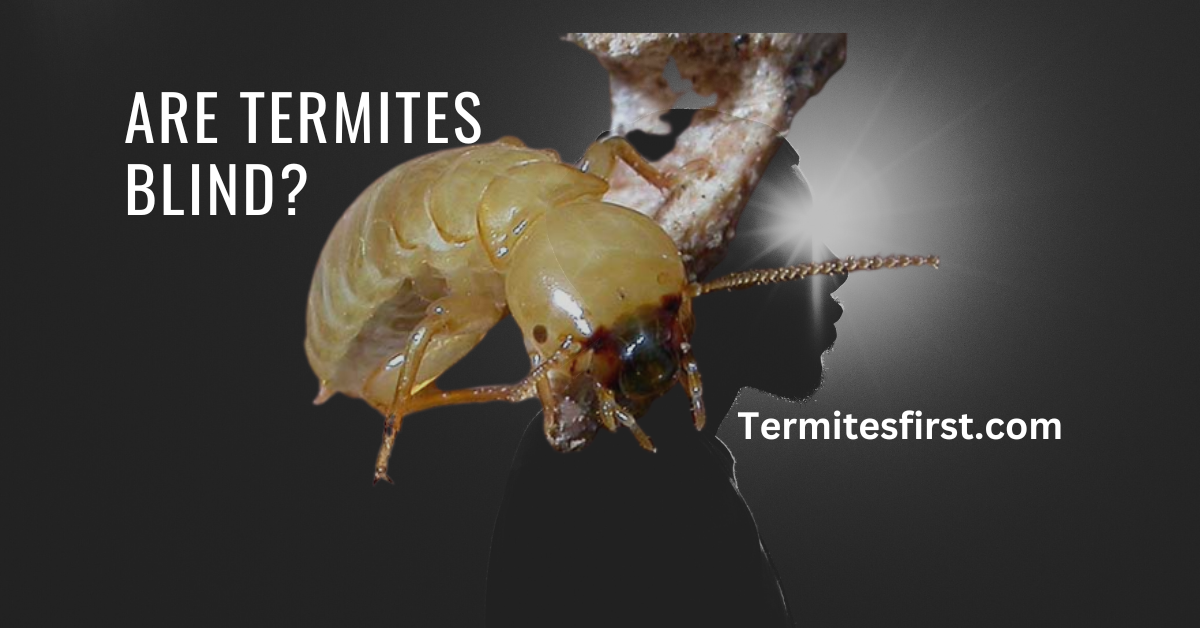
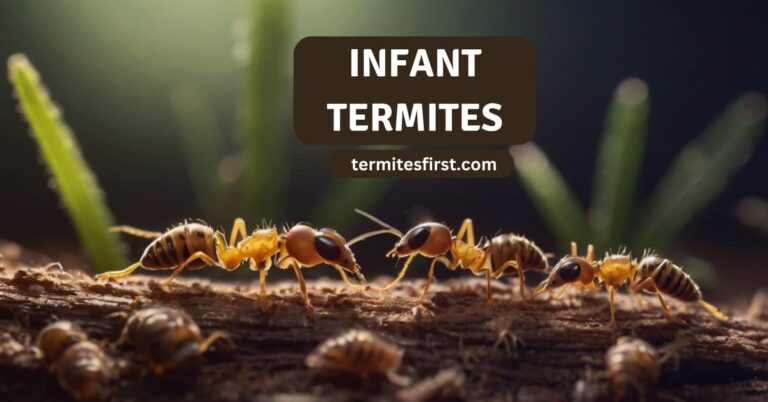
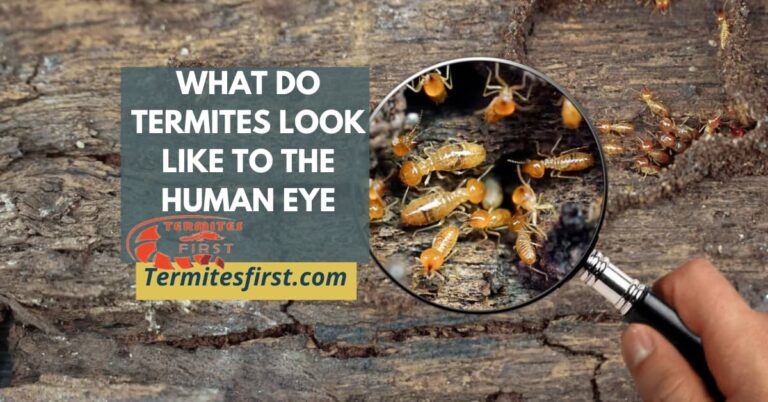
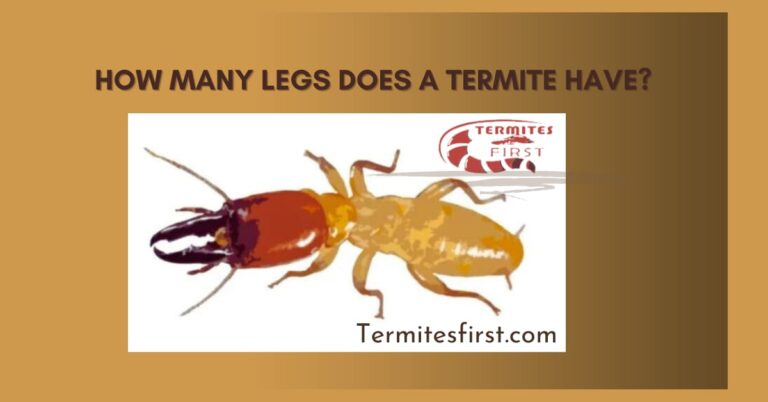
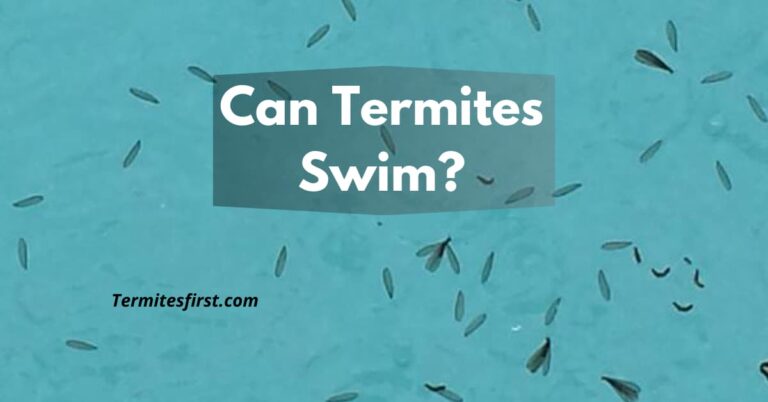

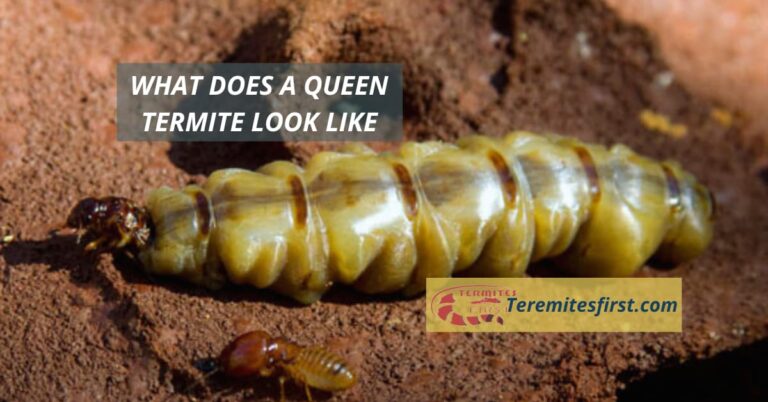
2 Comments